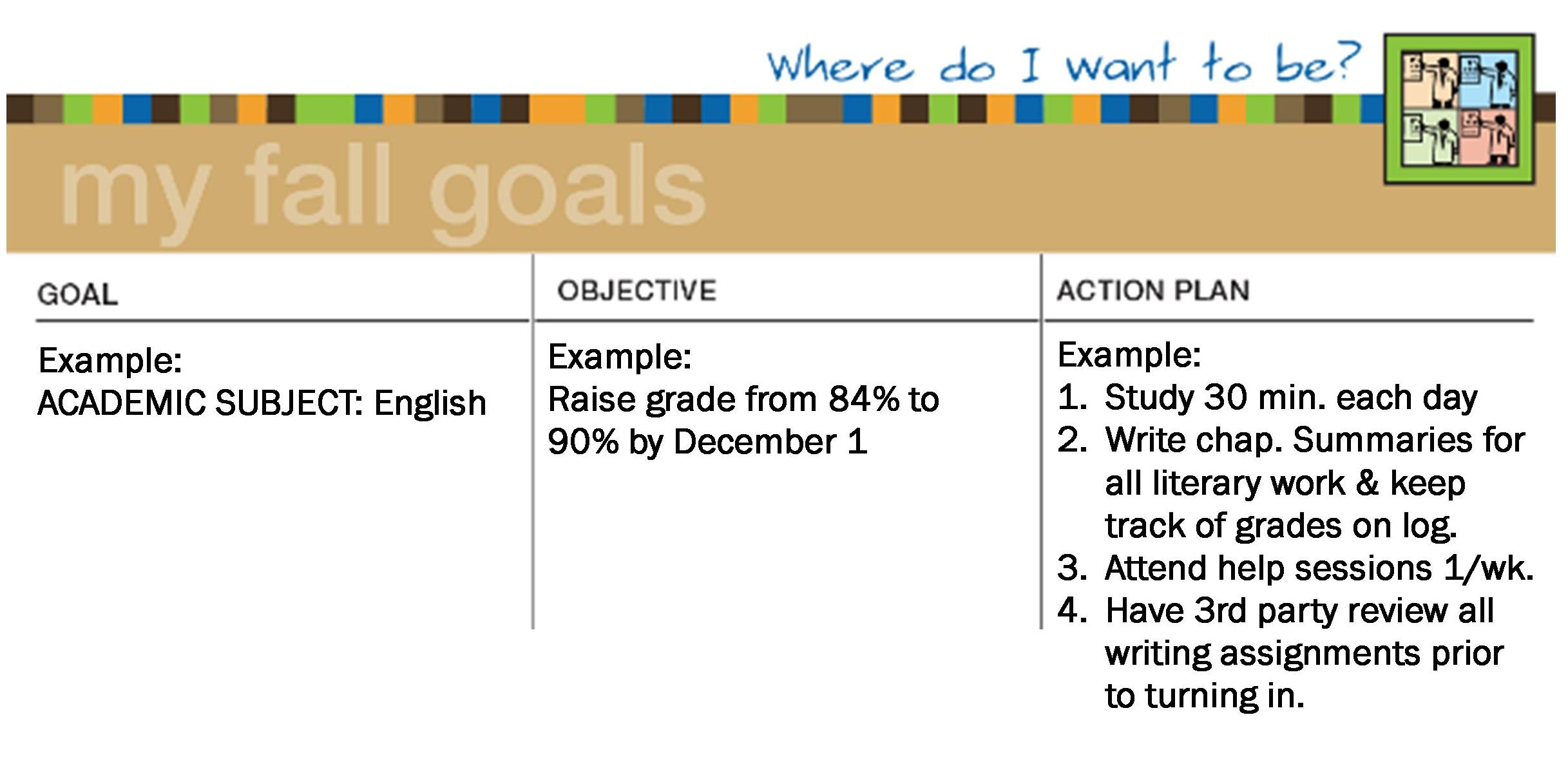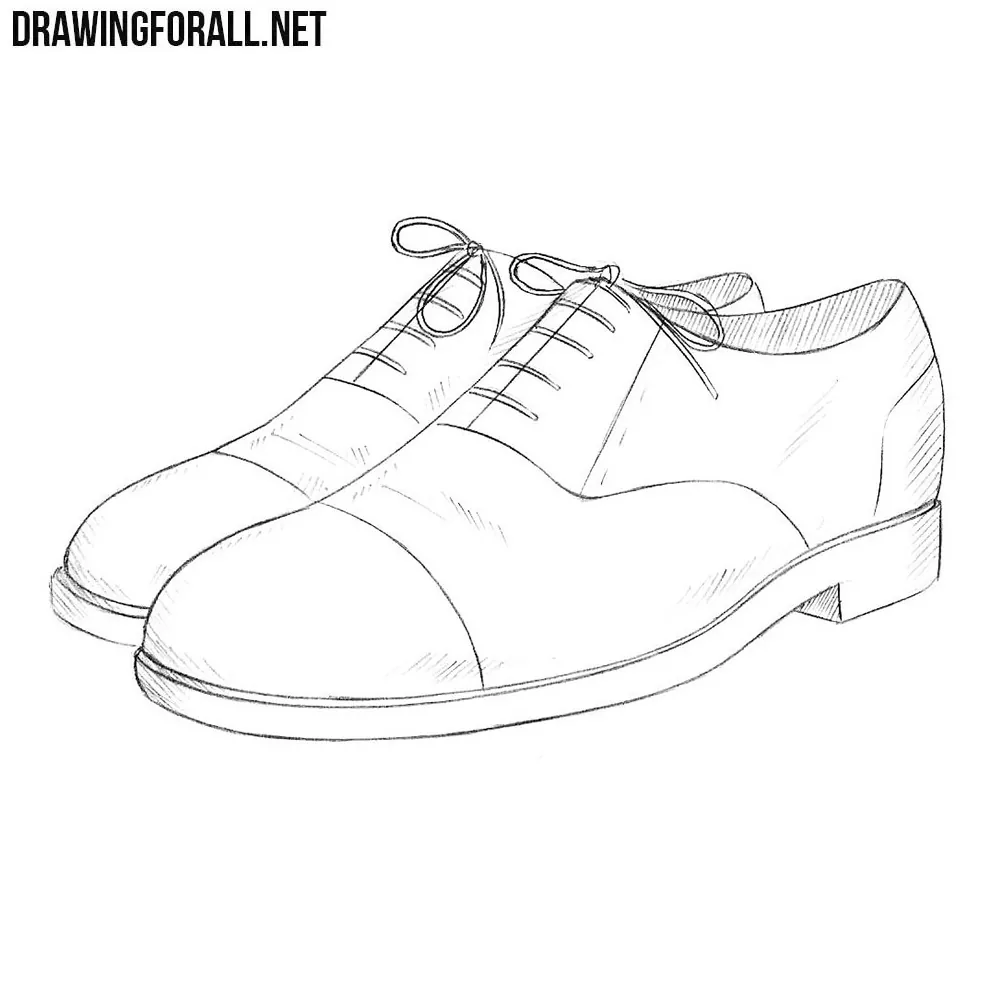Action plan draw store drawing
Table of Contents
Table of Contents
Are you someone who always has a lot of tasks to complete but finds it difficult to prioritize and stay organized? Do you often feel overwhelmed and stressed out trying to keep up with everything? If so, drawing an action plan could be the solution you have been looking for. An action plan can help you visually lay out all your tasks and goals, assign priorities, and create a clear path forward.
When it comes to drawing an action plan, many people often feel intimidated or unsure where to start. It can be challenging to figure out which tasks are most important, how to break them down into manageable steps, and how to stay motivated throughout the process. However, by following some simple steps, anyone can create a practical and effective action plan.
How to Draw an Action Plan
To draw an effective action plan, you need to start by defining your goals and priorities. Once you have a clear idea of what you want to achieve, you can start breaking down your goals into smaller, more manageable steps. Make sure to assign deadlines to each step, so you have a set timeframe to work within. Consider using visual aids like flowcharts, diagrams, or mind maps to help you organize your thoughts and create a clear plan of action.
Once you have a plan in place, the key to success is to stay motivated and focused. This can be challenging, especially for long-term goals or more complex projects. However, by staying committed, tracking your progress, and celebrating small successes along the way, you can maintain momentum and achieve your goals.
The Benefits of Drawing an Action Plan
Creating an action plan has several benefits that can help you become more productive and achieve your goals. It helps you to:
- Focus on your most important tasks
- Create a step-by-step plan for achieving your goals
- Stay organized and manage your time effectively
- Prioritize your tasks and eliminate unnecessary work
- Track your progress and stay motivated
Using an action plan can also help you reduce stress and improve your overall sense of well-being. By having a clear roadmap for success, you can feel more confident and in control of your life, which can have a positive impact on your mental health.
My Experience with Drawing an Action Plan
When I first learned about action plans, I was skeptical about their effectiveness. However, after trying it out for myself, I was amazed at how much it improved my productivity and reduced my stress levels. Drawing out a clear plan of action helped me to focus on my most important tasks, eliminate distractions, and stay on track. Plus, the sense of accomplishment I felt after completing each step was incredibly motivating.
If you’re feeling overwhelmed with your workload or unsure how to prioritize your tasks, I highly recommend giving action plans a try. Not only can they help you achieve your goals, but they can also improve your overall sense of well-being.
Tips for Drawing an Effective Action Plan
Here are some additional tips to keep in mind when creating an action plan:
- Start by identifying your most important goals
- Break down your goals into smaller, more manageable steps
- Assign deadlines to each step
- Use visual aids like flowcharts or mind maps
- Track your progress and adjust your plan as needed
Common Mistakes to Avoid
Here are some common mistakes to avoid when drawing an action plan:
- Setting unrealistic goals or deadlines
- Not breaking down goals into manageable steps
- Not prioritizing your tasks effectively
- Not tracking your progress or adjusting your plan as needed
- Getting bogged down in details instead of focusing on the big picture
Question and Answer
Q: Can I create an action plan for any type of goal or task?
A: Yes, you can create an action plan for any goal or task that you want to achieve.
Q: How often should I update my action plan?
A: It’s a good idea to update your action plan regularly, especially if your goals or priorities change.
Q: Can I use digital tools to create my action plan?
A: Yes, there are many digital tools available, such as Trello or Asana, that can help you create and manage your action plan.
Q: What if I fail to complete a step or miss a deadline?
A: It’s okay if you miss a deadline or don’t complete a step as planned. Use this as an opportunity to re-evaluate your plan and adjust it if necessary.
Conclusion of How to Draw an Action Plan
Drawing an action plan can help you achieve your goals, increase your productivity, and reduce your stress levels. By identifying your goals, breaking them down into manageable steps, and using visual aids, you can create a clear plan of action. Remember to stay motivated, track your progress, and adjust your plan as needed. With these tips in mind, you’ll be able to draw an effective action plan and achieve your goals in no time!
Gallery
Developing A Plan Of Action – IQ Matrix Store

Photo Credit by: bing.com / action plan draw store drawing
Drawing Plan Of Action Mind Map

Photo Credit by: bing.com / plan action drawing store
Action Plans - Victus Study Skills SystemVictus Study Skills System

Photo Credit by: bing.com / action plan study plans minutes class notes complete skills system readings twice assignments sessions turn month before daily review
Developing A Plan Of Action – IQ Matrix Store

Photo Credit by: bing.com / plan action drawing store map lifetime achiever develop
Action Plan. Chart With Keywords And Icons. Sketch Stock Vector Art
![]()
Photo Credit by: bing.com / plan action chart icons sketch icon keywords implementation business vector alamy illustration logo shopping cart






